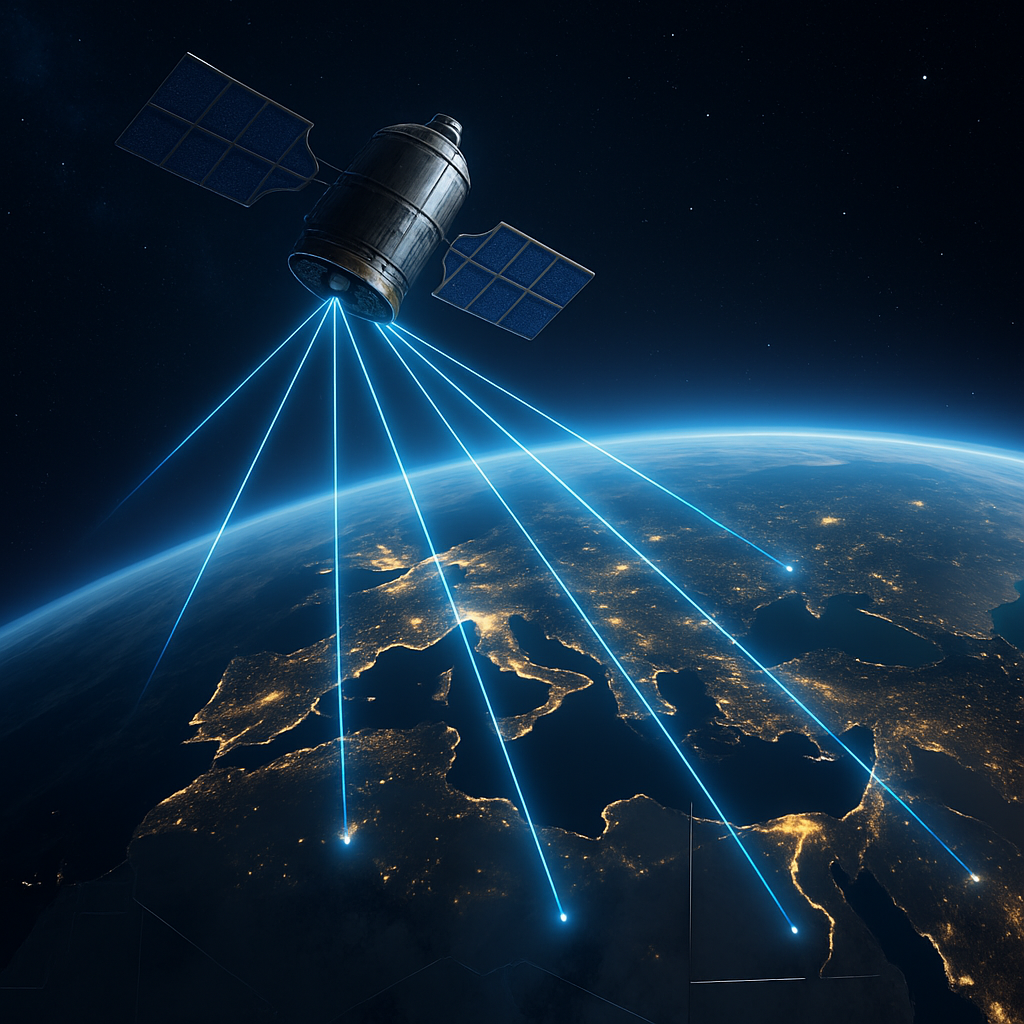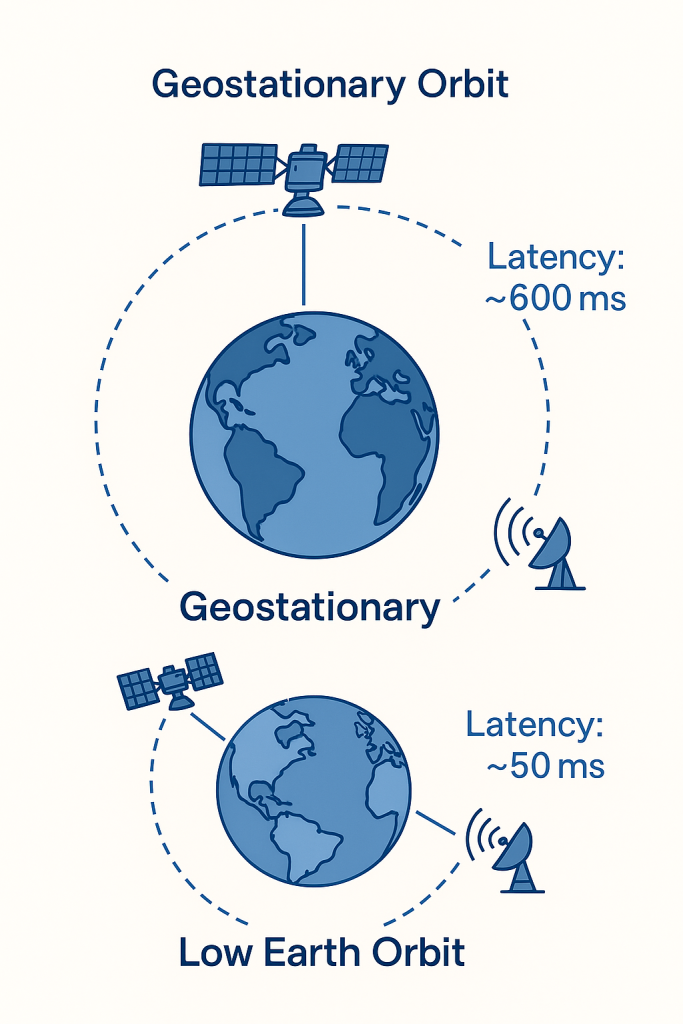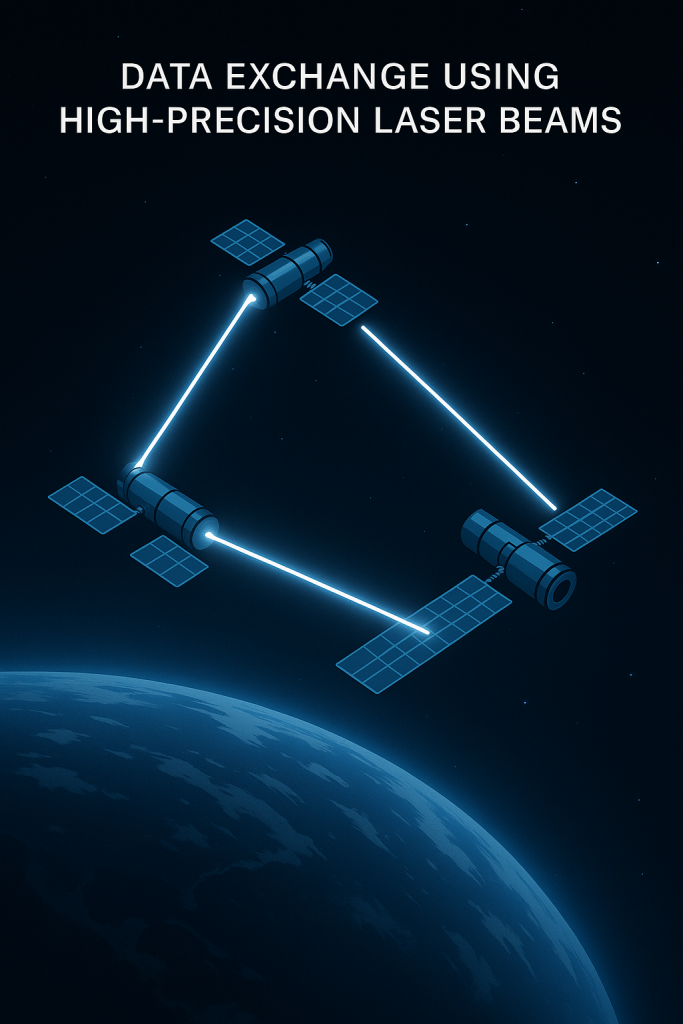Physical Address
304 North Cardinal St.
Dorchester Center, MA 02124
Physical Address
304 North Cardinal St.
Dorchester Center, MA 02124

The digital era demands robust and accessible internet connectivity, yet billions remain underserved. Enter Starlink, SpaceX’s ambitious satellite internet project aimed at delivering high-speed broadband globally. Unlike conventional systems, Starlink utilizes a dense constellation of low Earth orbit satellites to offer seamless coverage. This article provides a professional, technology-driven overview of how Starlink works.
Legacy satellite systems typically rely on a handful of large geostationary satellites located approximately 35,000 km above the Earth’s surface. These distances contribute to higher latency and limited bandwidth.
In contrast, Starlink leverages:

Starlink’s network consists of thousands of interlinked satellites forming a sophisticated space-based mesh network.
Key features:

Starlink enables internet access through a seamless data routing path:

Positioning satellites closer to Earth minimizes signal travel time, significantly reducing latency.
These electronically steerable antennas allow real-time tracking of fast-moving satellites without mechanical rotation.
Newer Starlink models utilize laser links for intra-orbital communication, enhancing data routing efficiency and reducing dependency on ground stations.

While innovative, Starlink faces several technical challenges:
Starlink represents a pivotal step forward in satellite communications, combining aerospace engineering with advanced networking technologies. As the constellation expands and technology matures, Starlink is poised to become a critical layer of the world’s digital infrastructure—bridging the global digital divide with space-based precision.

Are you inspired by Starlink’s innovations? Share this post with your network or explore more of our content on emerging technologies.